




As a purpose-led company, we know we have a pivotal role to play in addressing the climate emergency. We consider this not only good business, but our duty to channel our technology-enabled expertise and capabilities toward benefitting people and the planet.
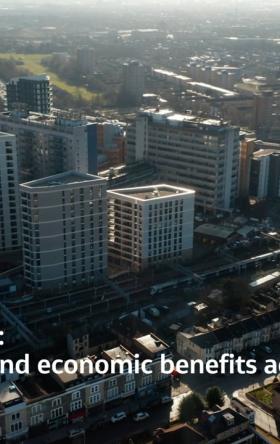


We work in partnership, delivering some of the most challenging, diverse and innovative projects and programs globally across multiple sectors. We integrate complex interfaces across planning, procurement and delivery to help unlock better social, environmental and economic outcomes from mega and giga projects.


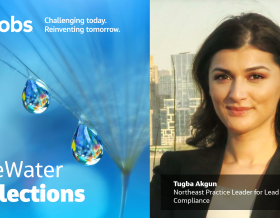
For more than 30 years, Jacobs has been responsible for planning and implementing Lead and Copper Rule-related strategies which protect millions of people in the U.S. and Canada. Our work includes enhanced water quality monitoring strategies, sampling plan development, harvested pipe-scale analysis, lead service line inventories and replacement plans, corrosion control studies and the incorporation of equity and environmental justice considerations into compliance programs.



As our clients navigate the digital transformation and growing cyber risks, we have positioned ourselves at the forefront of this growth, adding digital capabilities, products and tools to serve a growing set of customers.
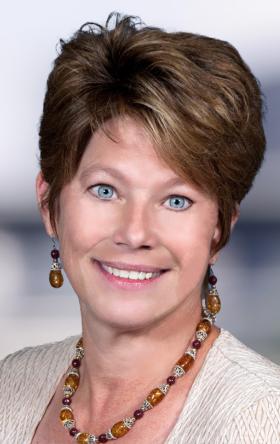
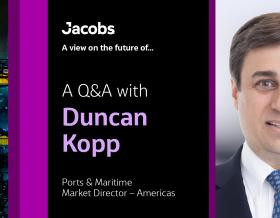

Sit down with our visionary team of thinkers, dreamers and doers to see what a day in the life is like.

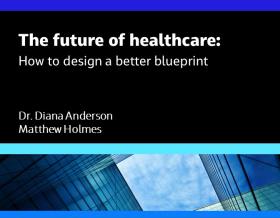
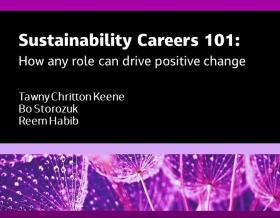
A curated selection of some of the top-listened to and trending podcast episodes from our popular If/When podcast series, which has over 7M downloads to date.

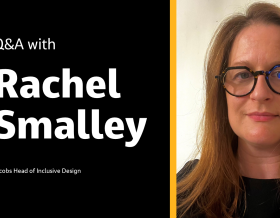
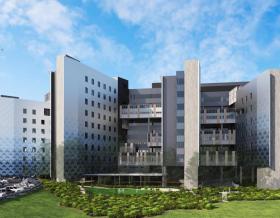
Together with our visionary partner, PA Consulting, we're establishing our position in high end advisory services, creating a springboard to expand in high value offerings beyond the core.


At Jacobs, we're challenging today to reinvent tomorrow by solving the world's most critical problems for thriving cities, resilient environments, mission-critical outcomes, operational advancement, scientific discovery and cutting-edge manufacturing, turning abstract ideas into realities that transform the world for good. With approximately $16 billion in annual revenue and a talent force of more than 60,000, Jacobs provides a full spectrum of professional services including consulting, technical, scientific and project delivery for the government and private sector.
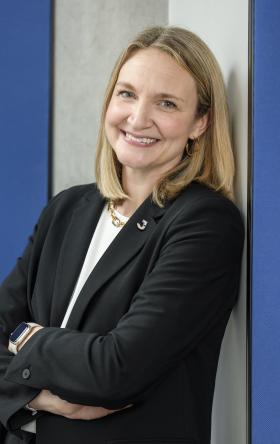
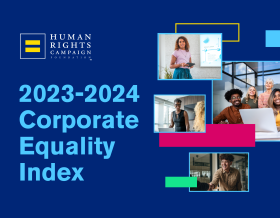

Jacobs. A world where you can.
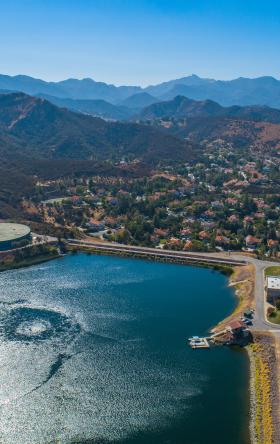

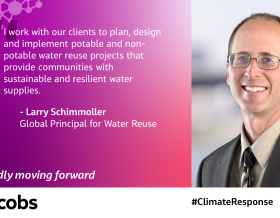
As climate change threatens water security around the world, more communities are turning to water reuse as a resilient water supply solution and embracing the OneWater principle that all water has value. Jacobs has been supporting clients with water reuse programs for decades, beginning with the first applications of advanced wastewater treatment technologies in the 1960s. We provide our clients with a full range of services, from water reuse feasibility studies to design, construction and operations.
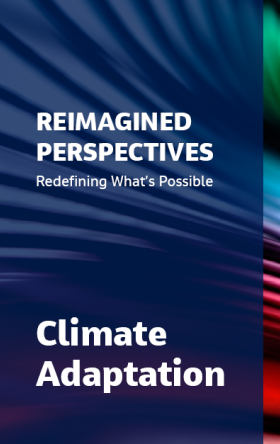


The only certainty about the future is uncertainty. Resilience is an attribute of a smarter planet, and requires planning and adapting ahead of potential threats. We help our clients survive, recover, adapt and thrive.



Jacobs is working to help clients across the United States secure federal funding for projects that make our cities and communities more connected and sustainable. Working hand-in-hand with clients from coast to coast and everywhere in between, Jacobs develops bold, innovative solutions to address the nation’s toughest challenges.
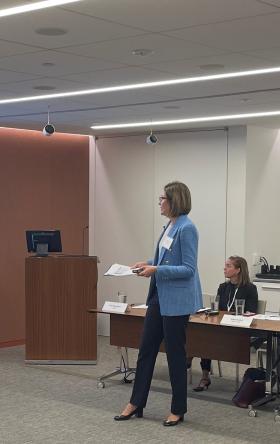

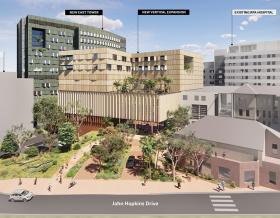
Now more than ever, we appreciate the hard work, sacrifice and dedication of the medical profession in ensuring the health and safety of our communities.



Together, we are stronger. Together, we can transform the future.

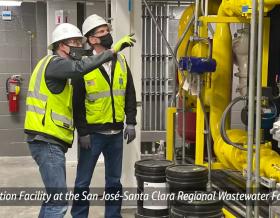
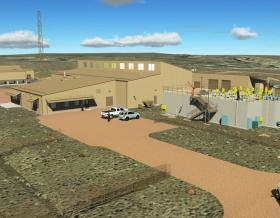
We’ve provided design-build services to the water sector for over 25 years and delivered more than 150 projects. We offer fully integrated design-build and design-build-operate capabilities to tackle the most complex water challenges and work in close collaboration with our clients.
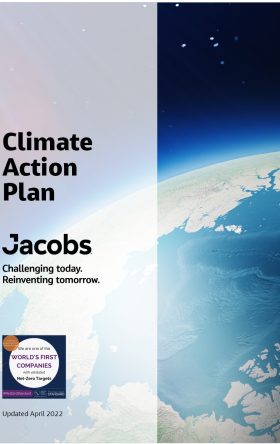

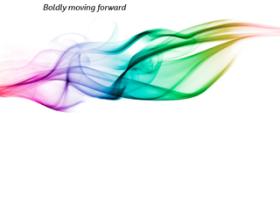
Stories that capture our partnerships and innovative impact for a more connected, sustainable world


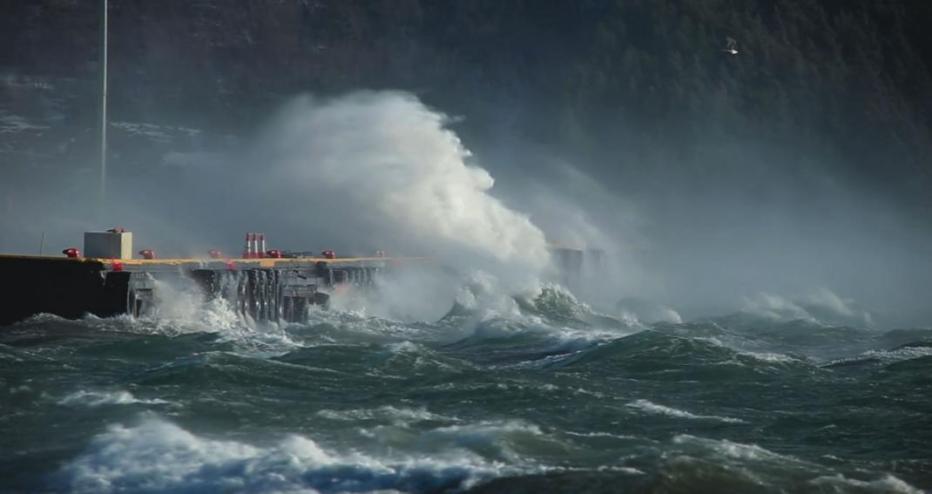
Edited a report on Google Drive? Used Instagram to share vacation pictures? Chances are, by now you’ve heard of – or if you answered yes to either question – used – the cloud.
During the past several years, cloud computing has caused major change waves in technology and business spheres alike with its remote storage and on-demand access capabilities. Also causing major waves? Increasing flood risks. By the end of this century, researchers estimate that the frequency of floods will increase across 42% of land on Earth and that between 27 - 93 million people will be affected by devastating flooding.
The combination of the exponential growth in computing technology, continual advances in software and modeling methodology and major developments in data capture and availability have created a demand from both users of flood modeling software and clients, to make it quicker to run more detailed model simulations – as the risks increase in the coming years.
But what if we showed you how Jacobs’ Flood Cloud service changes the way we understand and interpret modeling possibilities, enabling users to seamlessly undertake their analysis, at any scale, in the cloud – to boost cities’ resilience and infrastructure needs in the face of climate variability?
of Earth will see an increase in flood frequency by the end of the century
people and £275 billion worth of property protected by using Flood Cloud
“The impact of future climatic variability remains uncertain yet has the potential to significantly increase the exposure to severe flood events in cities. Improving our understanding of flood risk in cities is vital to ensure cities remain as resilient to both present day and future flooding as possible. By allowing users to run many more simulations than they are often able to, Flood Cloud provides modellers with the opportunity to understand flood risk in cities in more detail than ever before.”
Elise Ibendahl
Jacobs Flood Modelling & Planning Global Technology Leader
A collaboration between Jacobs and Parallel Works, Flood Cloud integrates Jacobs’ industry-leading 1D and 2D Flood Modeller solvers with the Parallel Works platform and cloud platforms such as Google Cloud Platform and Amazon AWS, to provide an innovative cloud-based platform that allows organizations to act faster and more efficiently.
Flood Cloud also integrates with third-party flood modelling software such as BMT’s TUFLOW and the U.S. Army Corps of Engineers’ HEC-RAS, and we’re currently developing integration for the U.S. Environmental Protection Agency’s SWMM software. By providing clients with the opportunity to select and run their preferred model(s), they’re able to use the most appropriate tool for each modelling application.
Flood Cloud is built on a secure and trusted platform, ensuring model data and personal details are safe and less prone to typical in-house IT infrastructure challenges. Flood Cloud is available globally to help clients, industry policy makers, government bodies and academics – helping anyone who needs to understand flood risk. The ability to run flood modelling software in the cloud rather than on individual machines allows users to undertake more simulations concurrently than they could on their own PC.
As the frequency and severity of weather events intensify, the required data included in modelling simulations is more detailed than in the past where modelers looked at selected water levels and flood extents from a handful of simulations such as three return period events (1 in 50, 1 in 100 or 1 in 1000 year). Now, the ability to run countless simulations at the same time gives users the ability to undertake hundreds or thousands of simulations, each with data sets covering ten or more annual exceedance probabilities with various climate change scenarios and a range of flood management options. Flood Cloud is a game-changer in helping users and clients respond to changing situations and enabling them to embrace big data environment challenges while developing a stronger understanding of flooding.
For example, a project may require simulations for five sets of inflow boundaries, at four future time periods, with three climate change scenarios and for three flood management options. For a two-hour base simulation run time this equates to more than two weeks of continuous running if a single standalone license is used. With Flood Cloud, all 180 individual simulations can be undertaken at the same time – saving the project two weeks.
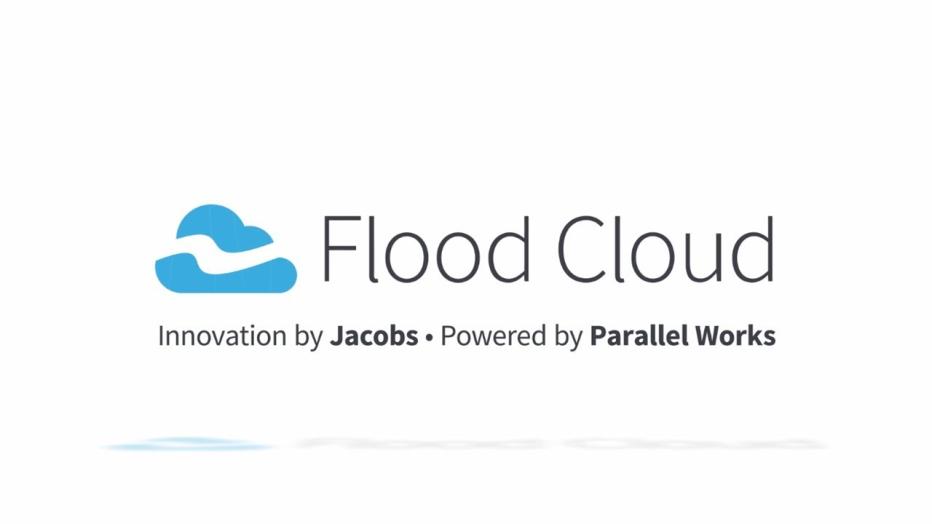
By breaking down the computational barriers on modelling studies, Flood Cloud can vastly improve the understanding of future flood risk in cities by considering many factors including future climate projections, population growth and associated developments, model uncertainties and critical infrastructure.
Being able to run these simulations in the cloud will allow city planners to gain a greater understanding of the areas at risk of flooding and will help them to plan future developments that factor in future flood risk, while also taking mitigation measures to reduce it. The cloud also provides the opportunity to quickly explore how a range of possible infrastructure options can improve flood risk given these other uncertainties.
Recently, Flood Cloud was used on a study along the River Thames upstream of London to run multiple simulations that helped evaluate the impact of catchment wide storage schemes to mitigate climate change driven increases in fluvial flooding for the Thames Catchment. These mitigations will potentially deliver improved protection to 1.3 million people and £275 billion worth of property – including a half-million homes, eight power stations, more than 80 railway and Tube stations, and Westminster Abbey and the Houses of Parliament along the River Thames.
The Climate Change Business Journal awarded Flood Cloud with a 2018 Technology Merit award for Climate Change Risk Modeling and Assessment. Additionally, Flood Cloud is shortlisted for both the CIWEM Tyne & Humber Branch and the NCE TechFest Awards, in the Innovation of the Year and Floods Visionary of the Year categories, respectively.